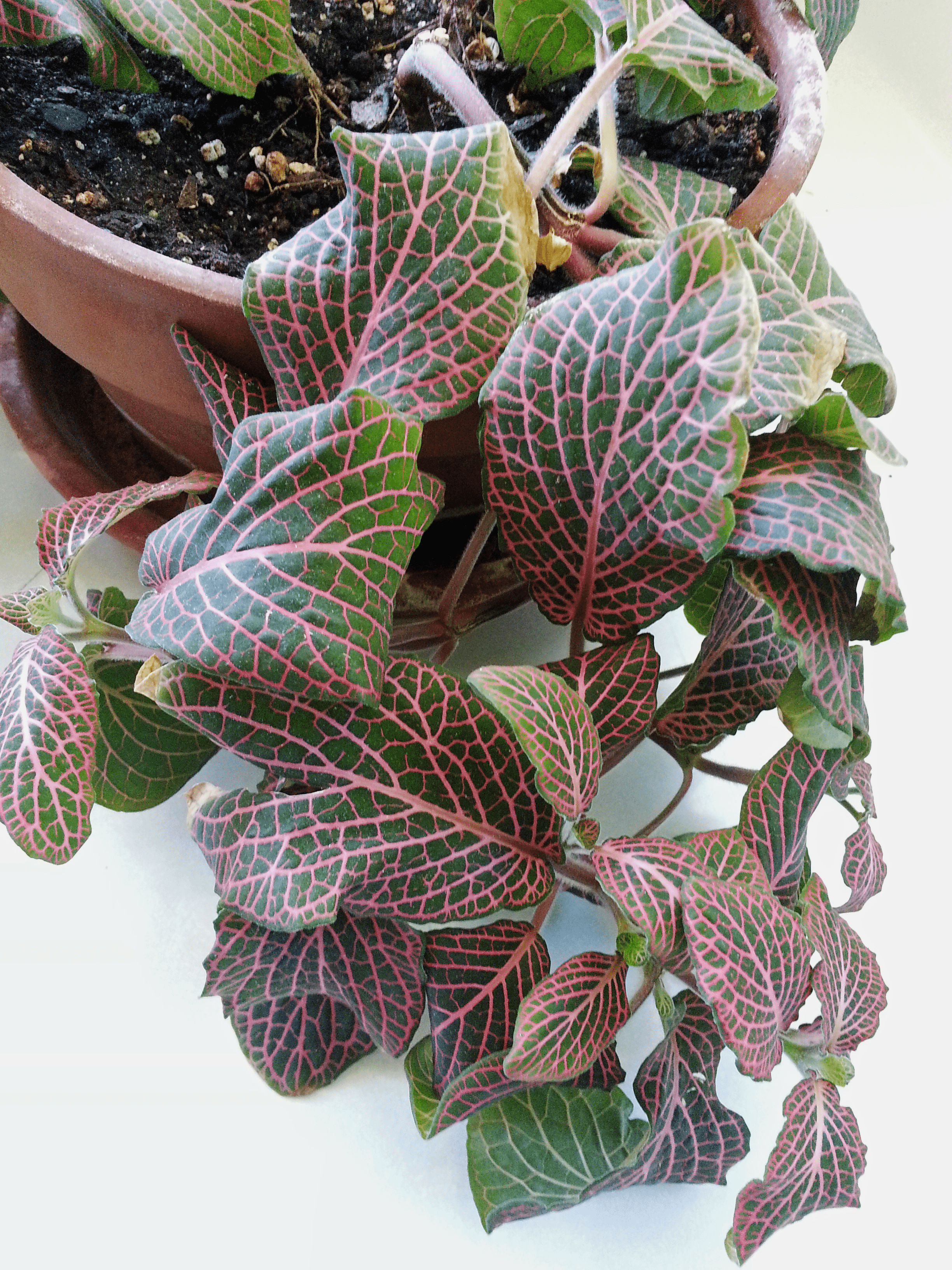Signs Of Over Fertilization In Houseplants


As plants grow, they require occasional fertilizer to help sustain their overall health and vigor. Although there's no general rule for fertilizing, as different plants have different needs, it's a good idea to become familiar with basic houseplant fertilizer guidelines to prevent over fertilization, which can be detrimental.
Over Fertilization
Too much fertilizer can be detrimental to houseplants. Over fertilization can actually decrease growth and leave plants weak and vulnerable to pests and diseases. It can also lead to the ultimate demise of the plant. Signs of over fertilization include stunted growth, burned or dried leaf margins, wilting, and collapse or death of plants. Over fertilized plants may also exhibit yellowing of the leaves. Salt buildup, which accumulates on top of the soil, can also be a result of too much fertilizer, making it harder for plants to take up water. To alleviate over fertilization and excess salt buildup, simply place the plant in the sink or other suitable location and thoroughly flush it out with water, repeating as needed (three to four times). Remember to allow the plant to drain well in between watering intervals. Fertilizing only during periods of active growth and cutting the dosage will make it easier to avoid using too much fertilizer on your houseplants.
Basic Fertilizer Requirements
Most houseplants benefit from regular fertilizing during active growth. While fertilizers are available in several types (granular, liquid, tablet, and crystalline) and combinations (20-20-20, 10-5-10, etc.), all houseplants require fertilizer that contains nitrogen (N), phosphorus (P), and potassium (K). Using houseplant fertilizer in liquid form usually makes this task easier when watering plants. However, to prevent over fertilization, it's usually better to cut the recommended dosage on the label. Flowering plants usually require more fertilizer than others, but in small amounts. This should be done prior to blooming while the buds are still forming. Also, plants in low light will require less fertilizing than those with brighter light.
How to Fertilize
Since the fertilizer requirements vary, it can sometimes be difficult to know when or how to fertilize plants. Generally, houseplants need to be fertilized monthly during spring and summer. Since dormant plants do not require fertilizer, you should begin to decrease the frequency and amount of fertilizer to only a couple applications once growth slows down during fall and winter. Make sure the soil is relatively moist when applying houseplant fertilizer. In fact, adding fertilizer when watering is better.
Sign up for the Gardening Know How newsletter today and receive a free copy of our e-book "How to Grow Delicious Tomatoes".

Nikki Tilley has been gardening for nearly three decades. The former Senior Editor and Archivist of Gardening Know How, Nikki has also authored six gardening books.